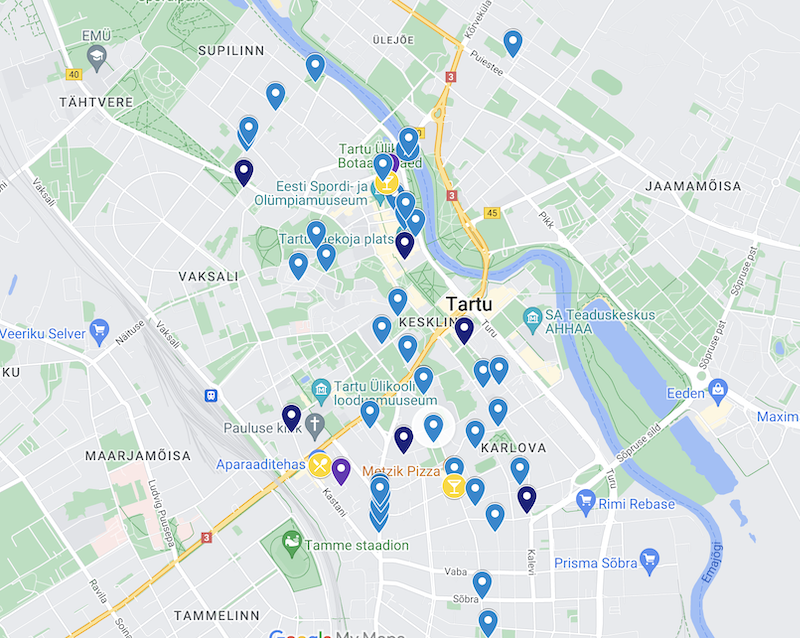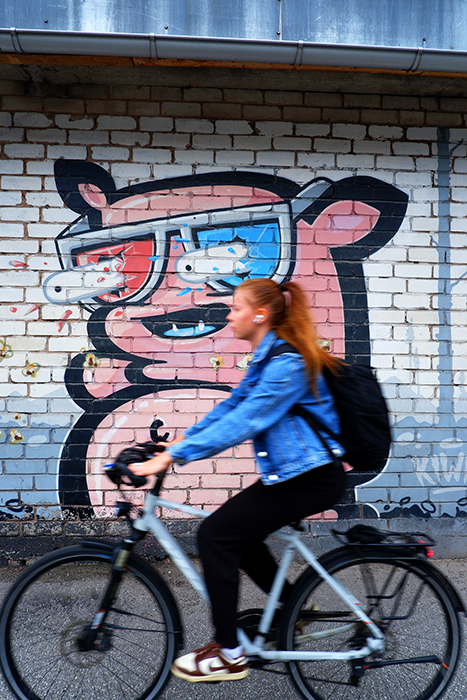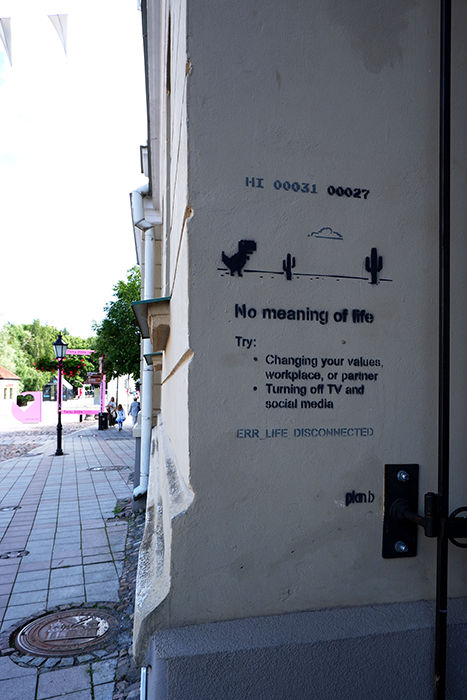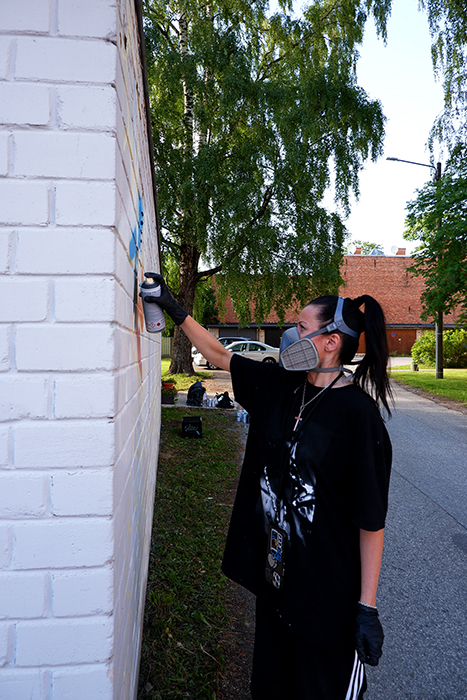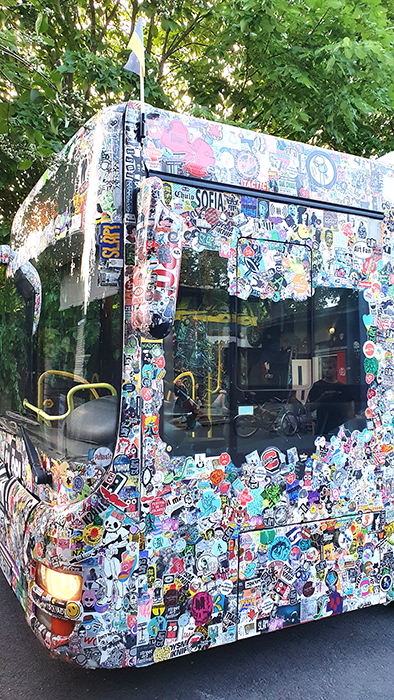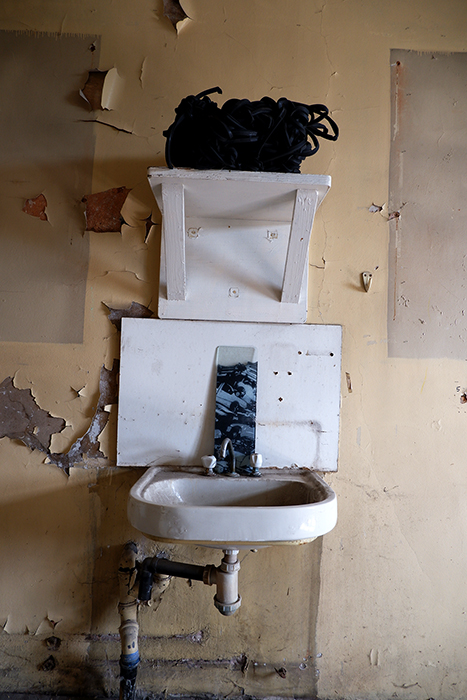I’ve just returned from an amazing weekend in beautiful Tartu, this year’s European Capital of Culture and the enduring Estonian Capital of Street Art. Tartu’s street art scene is truly unique, and I was thrilled to be invited by the Stencibility crew to document their jubilee edition—15 years of the wildest street art festival out there.
Since its inception in 2010, Stencibility has been a celebration of the unfiltered creativity of street artists from all around the globe. This festival is unique in its commitment to spontaneity and creative freedom, allowing artists to create without constraints.
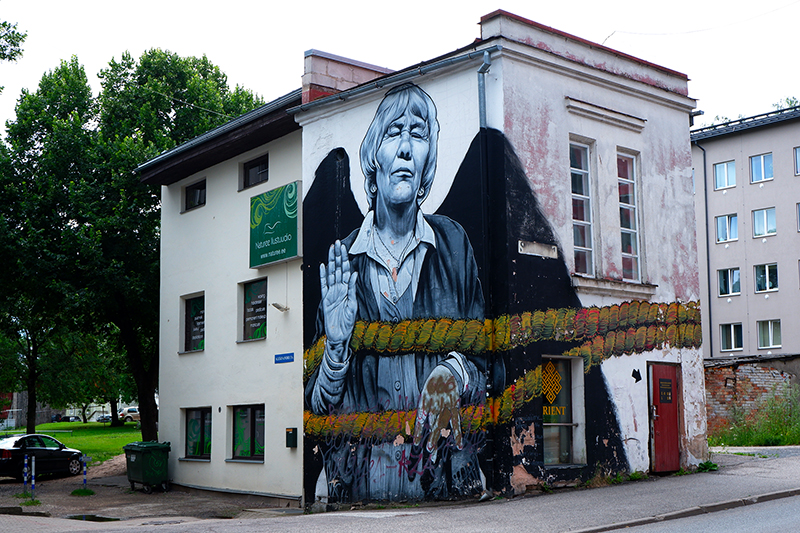
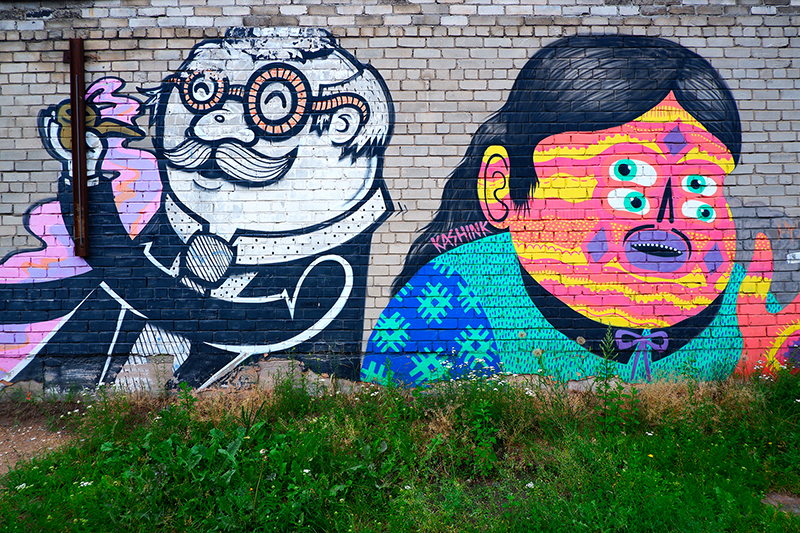
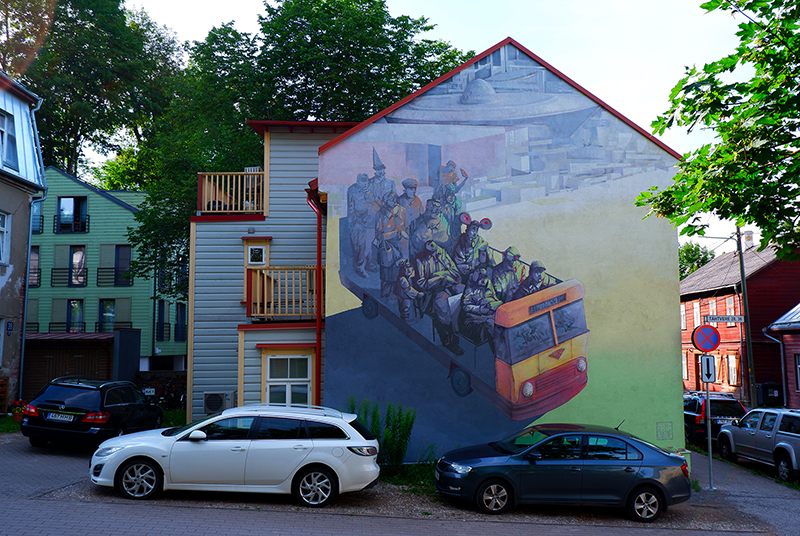
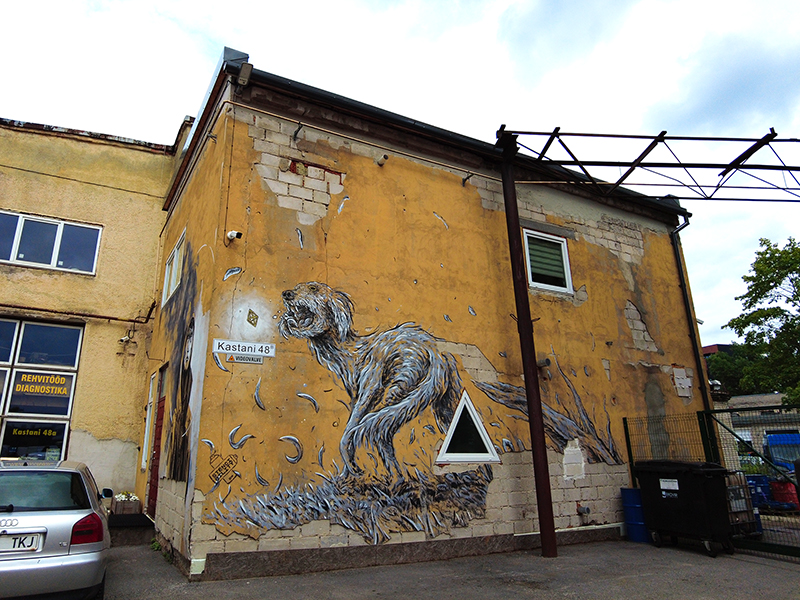
Stencibility is renowned for celebrating “independent street art” and maintaining the raw essence of the genre in an era increasingly dominated by large-scale, commissioned works.
The anarchic spirit of this festival remains true to the original ethos of street art: creative freedom, spontaneity, and illegality. Tartu is a city where illegal street art is highly tolerated, both by its inhabitants and by the city council. This tolerance sets it apart from cities with zero-tolerance policies against graffiti and unsanctioned street art, contributing to Tartu’s vibrant and thriving street art scene. Artists here know that, even when created without permission, their work might stay on the streets for years. This encourages them to put much more effort into their creations than they might in a city where their artwork would disappear the next day.
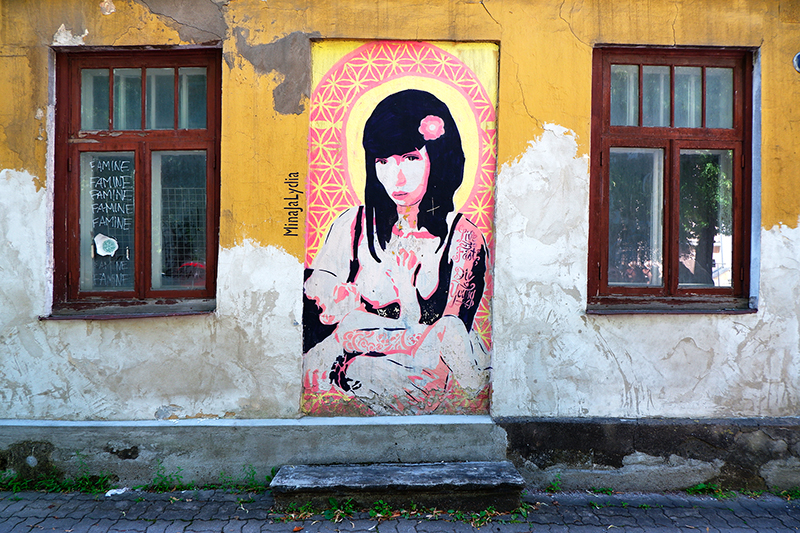
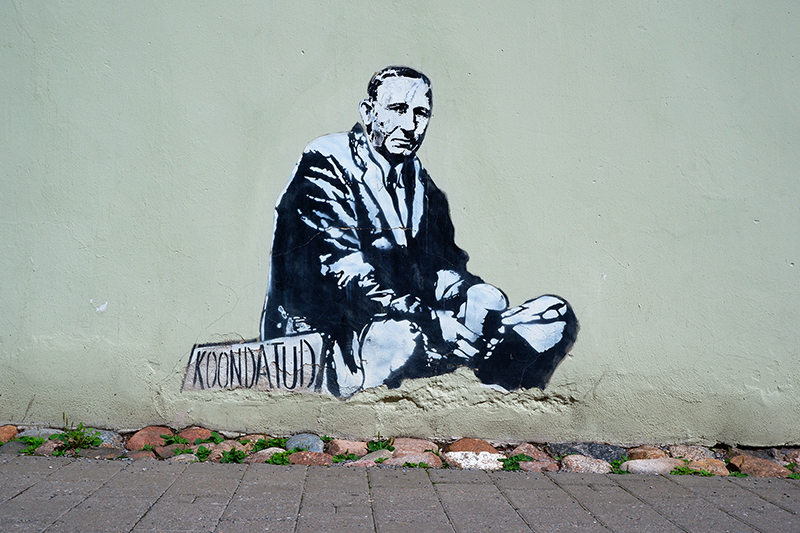
Institutions in Tartu understand that illegality is a crucial aspect of healthy street art, alongside creative freedom. The organizers of Stencibility do not require artists to submit sketches, and those who donate their walls as canvases cannot control what will be painted on them. This approach preserves the spontaneity and authenticity of street art, enabling artists to express their vision without external constraints.
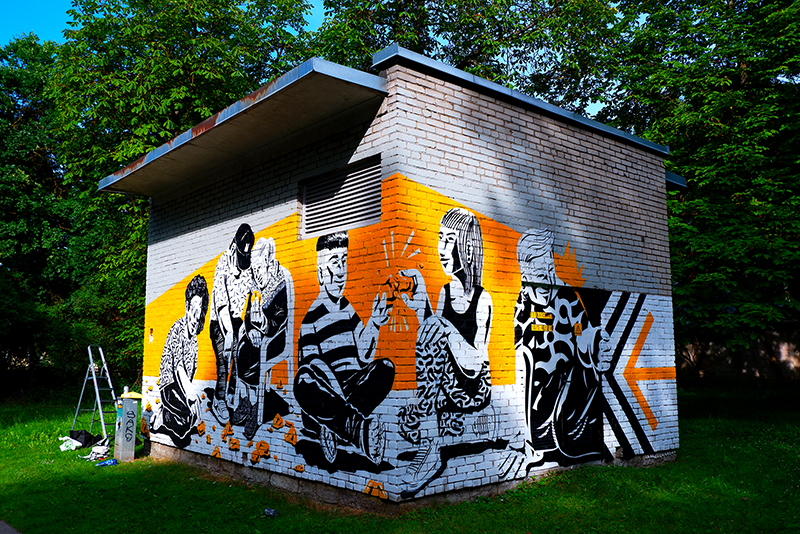
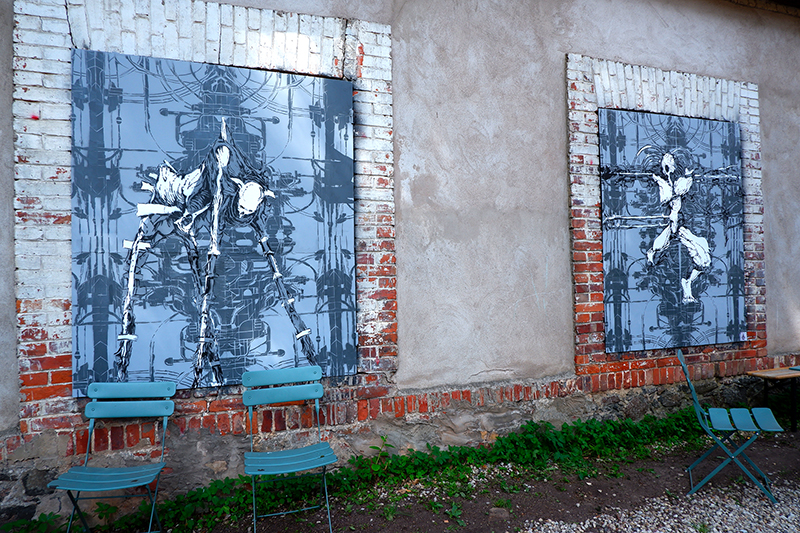
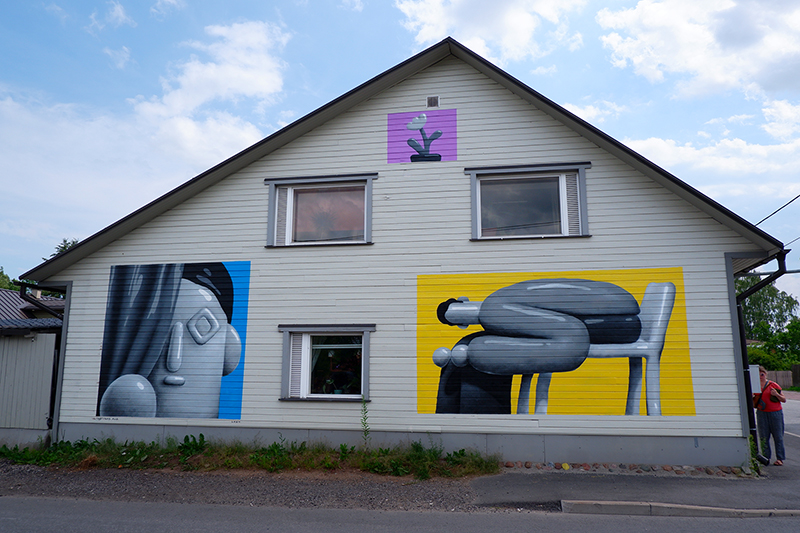
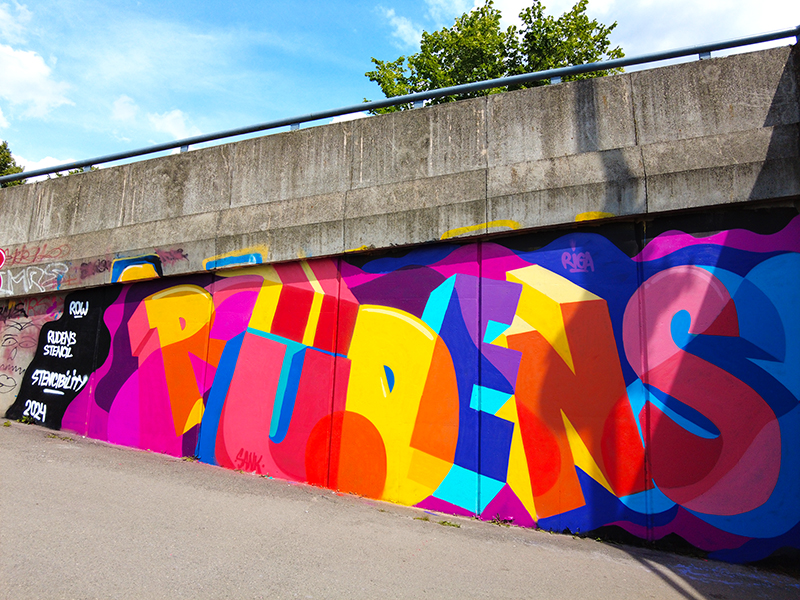
Through its unique format, known as “spraycation,” the festival mirrors the authentic way street artists work “in the wild.” By rejecting the bureaucratic approach common to many other street art festivals, Stencibility remains steadfast in its commitment to the original punk spirit of street art.
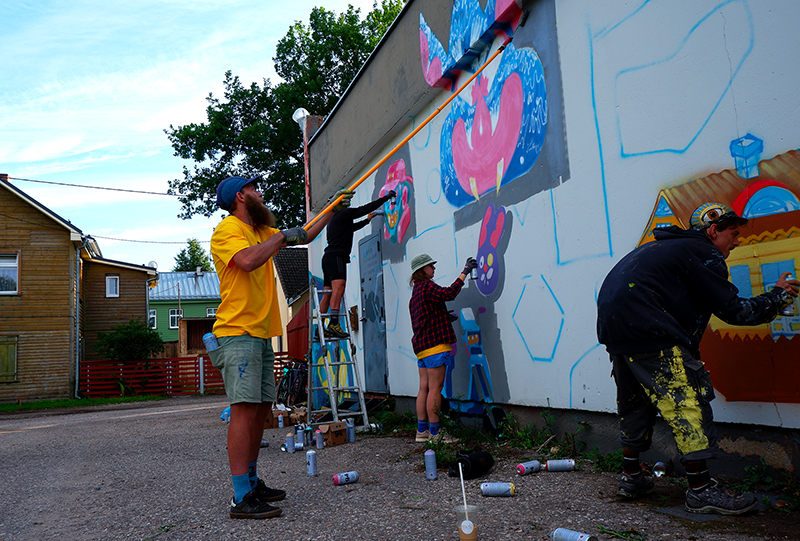
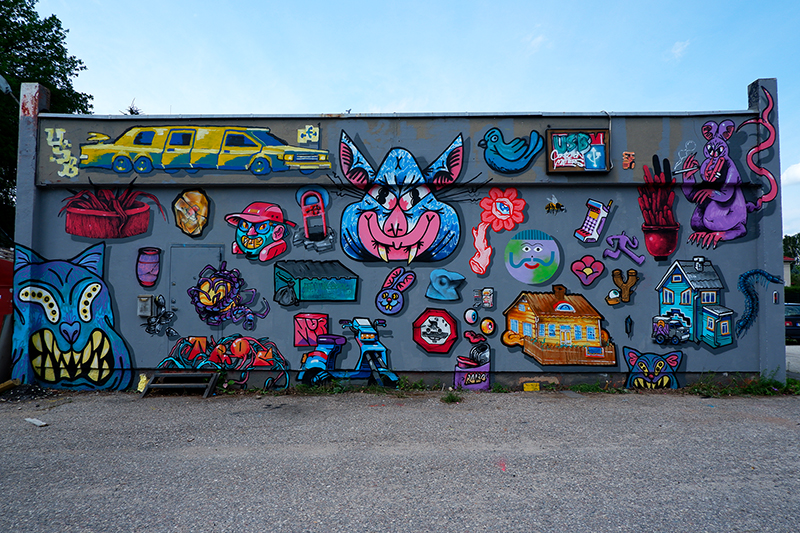
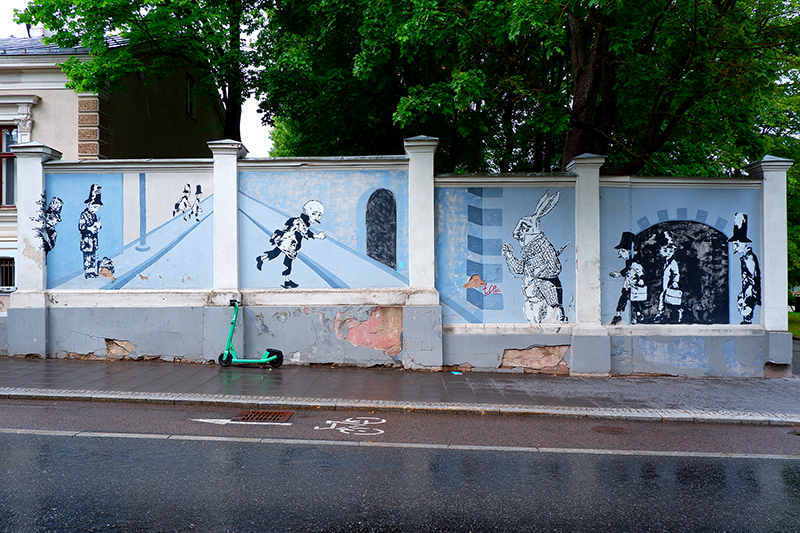
At Stencibility, artists don’t need lifts because they are not after Instagram’s wow effect. They paint as high as they can reach, sometimes using a ladder. The point isn’t the size or the staged drone shot that goes viral on social media; the point is the artwork itself and, even more, the spirit and soul of the art form.
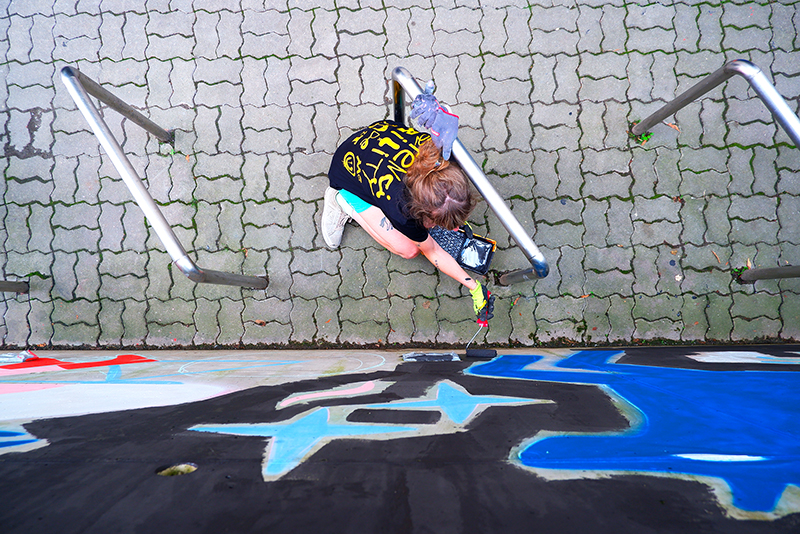
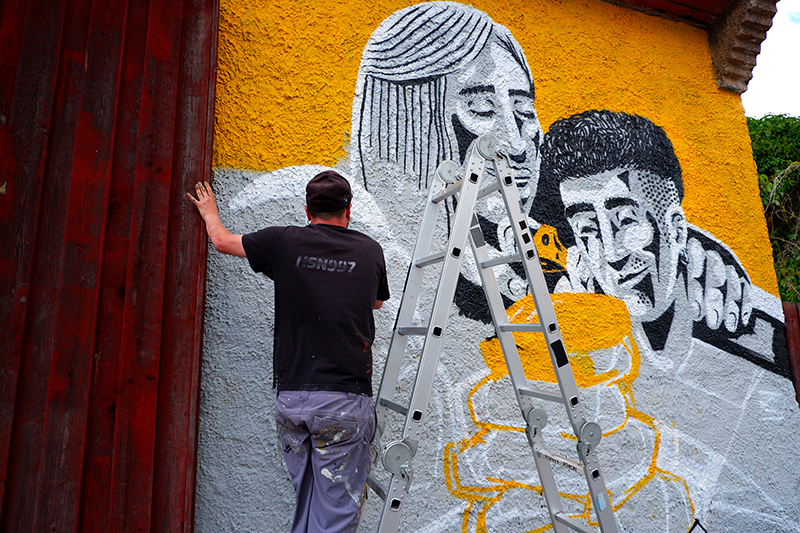
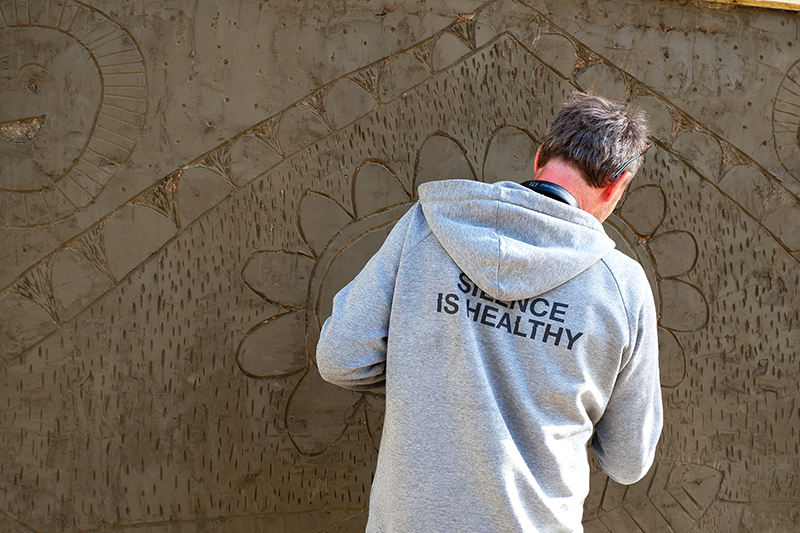
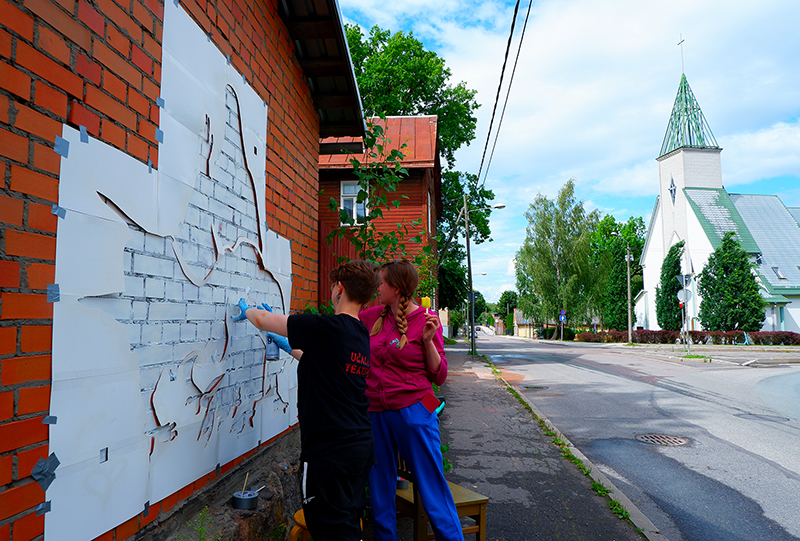
In Tartu, artists often choose to paint on small walls or even electricity boxes because the goal isn’t the spectacularity of the piece but the art itself and the ability to create it in total creative freedom. This commitment to the true essence of street art is what makes Stencibility a standout festival and Tartu a haven for street artists worldwide.
This also means that the festival organizers aren’t focused on large-scale, eye-candy murals, which can sometimes feel authoritarian and imposing in the public space. Instead, Stencibility has made a conscious choice to work with street art as a whole, focusing on smaller-scale works such as stencils, posters and stickers.
The SLAP! Bus, Europe’s largest sticker art exhibition
Stencibility is indeed renowned for its support of sticker art, the smallest and most overlooked street art form -with each sticker being a unique artwork.
To highlight the global sticker art movement and its artistic value, the Stencibility crew launched SLÄP! in 2018—a moving exhibition showcasing sticker art both inside and outside a city bus. This project, the largest sticker art exhibition in Europe, features 25,000 stickers from 300 artists worldwide.
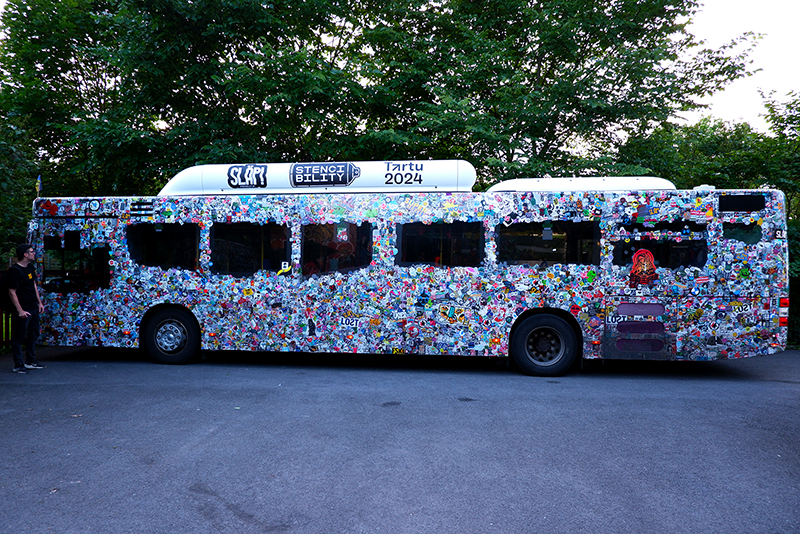
The SLÄP! Bus, an actual city bus (number 25), continues to drive around Tartu, offering both locals and visitors a unique art experience as they commute through the city throughout 2024.
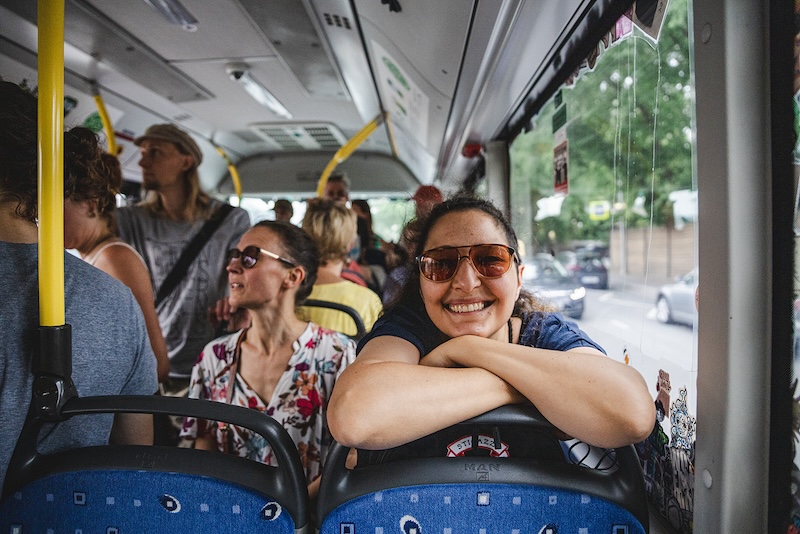
Tartu, the Street Art Capital of the Baltics.
These festival characteristics have shaped Tartu’s street art scene, making it unique in many ways. Firstly, a notable number of street artists in Tartu are female, which is quite unusual in the street art world.
Additionally, the art community surrounding Stencibility evolved organically from a community of stencil artists rather than graffiti artists. This evolution allowed street art to be accepted by the citizens from day one, as street art is more figurative and accessible to everyone, unlike graffiti, which often targets an audience made of insiders.
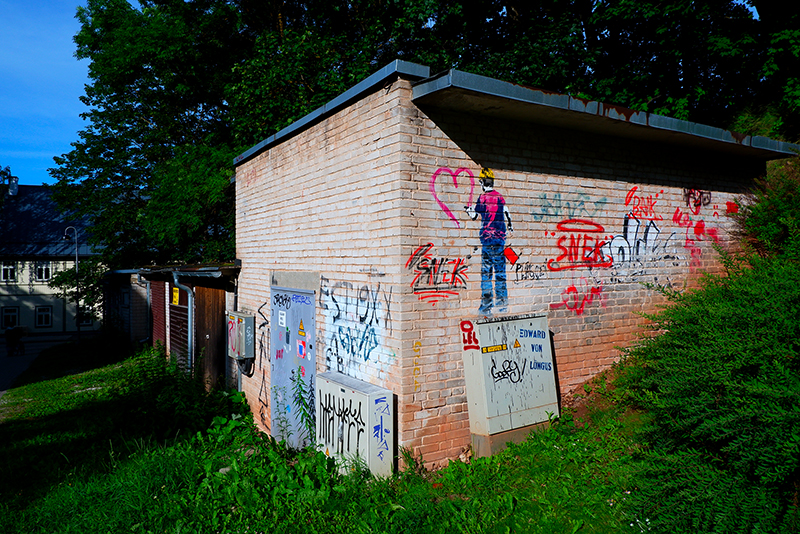
Moreover, this characteristic has fostered a collaborative and supportive community with the right mindset to come together and set up a festival like Stencibility. In contrast, the graffiti community tends to be very competitive, with crews often at odds with each other, creating a less harmonious atmosphere.
All of this has made Tartu, Estonia’s second-largest city and a historical university town, the street art capital of the Baltics.
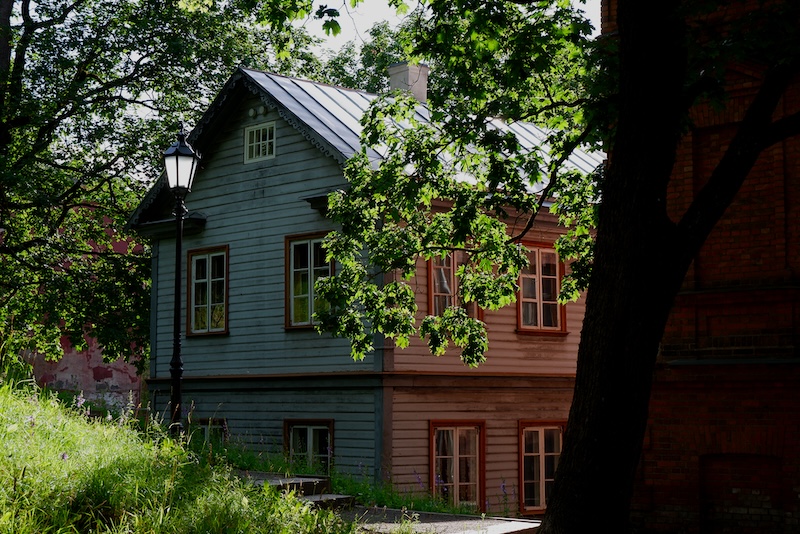
Stencibility 2024: The “Hide-and-Seek” Exhibition
A highlight of the 15th edition of the Stencibility festival is the exhibition “Hide-and-Seek,” on show until August 2024.
This exhibition is the second in a series organized by the Stencibility crew inside Tartu’s abandoned buildings; the first was in 2021 inside a former nightclub.
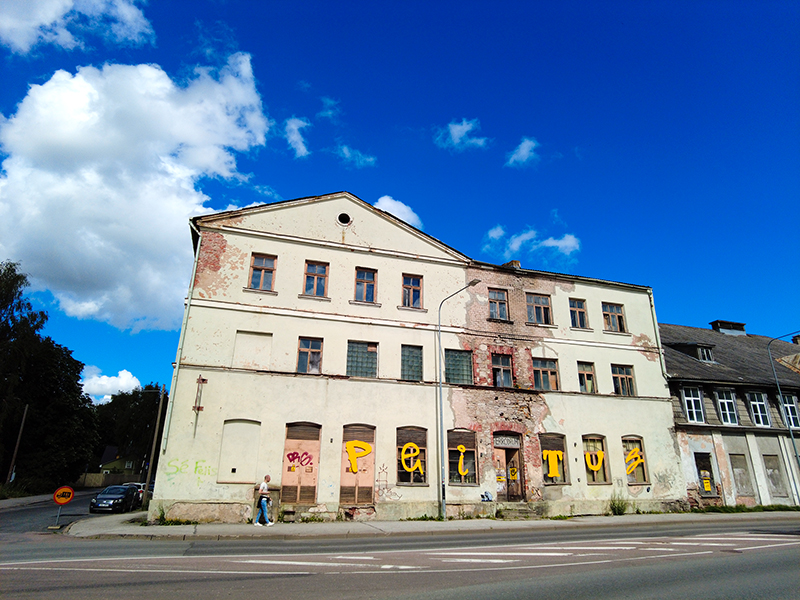
Through these exhibitions, the Stencibility crew invite visitors to discover abandoned buildings through the hidden artworks inside, all created with the same creative freedom that defines the festival’s art in the streets.
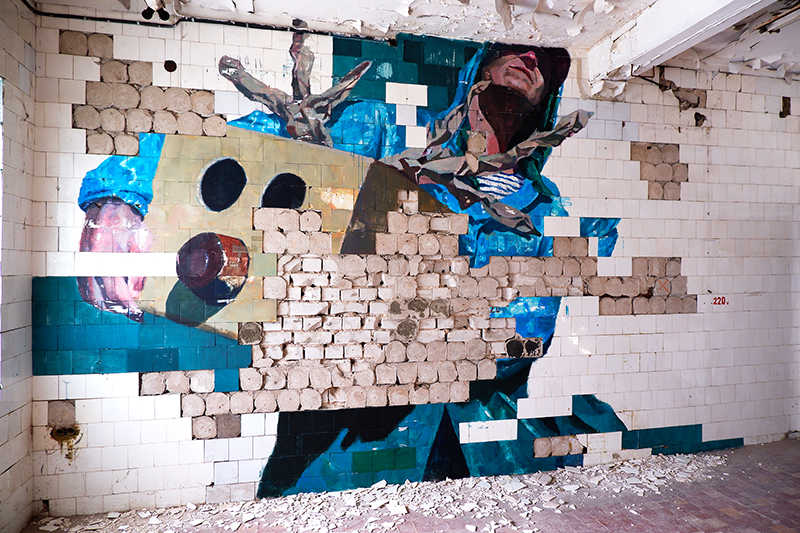
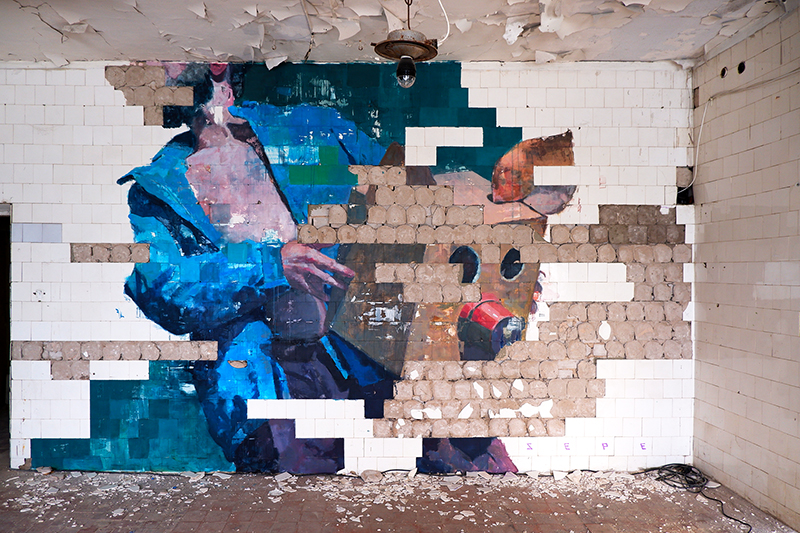
For this latest edition, artists took over a building from 1883 on the northern side of the city. This historic building has served various purposes over the years—a yeast factory, a water mill, a dispensary, a clinic, and finally Tartu’s Culture Factory, where Sirla and other festival founders used to hang out. The Culture Factory operated from 2008 to 2010 and became a significant hub for Tartu’s alternative culture before sitting abandoned for 15 years. This building is indeed where the idea of the Stencibility festival was born, making it extra special to celebrate the festival’s jubilee edition here.
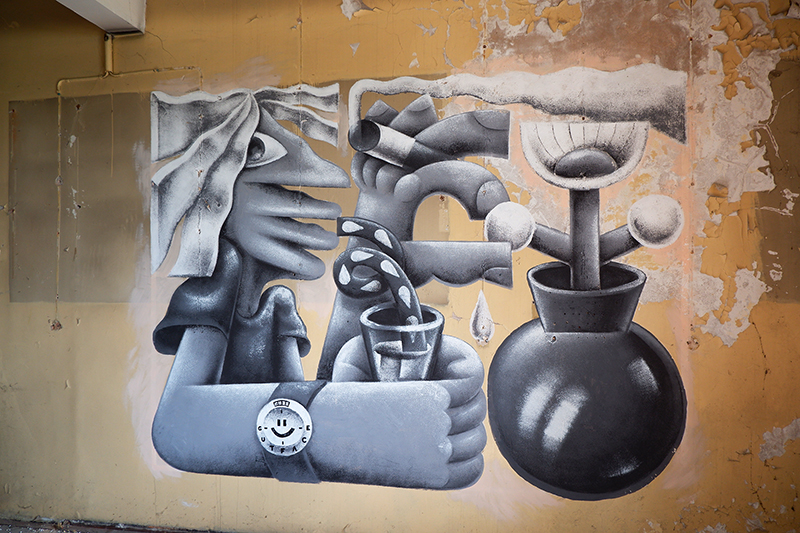
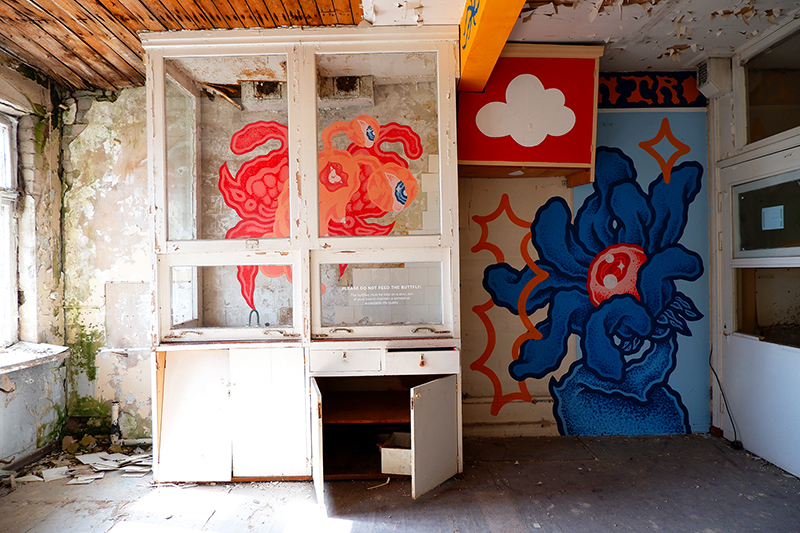
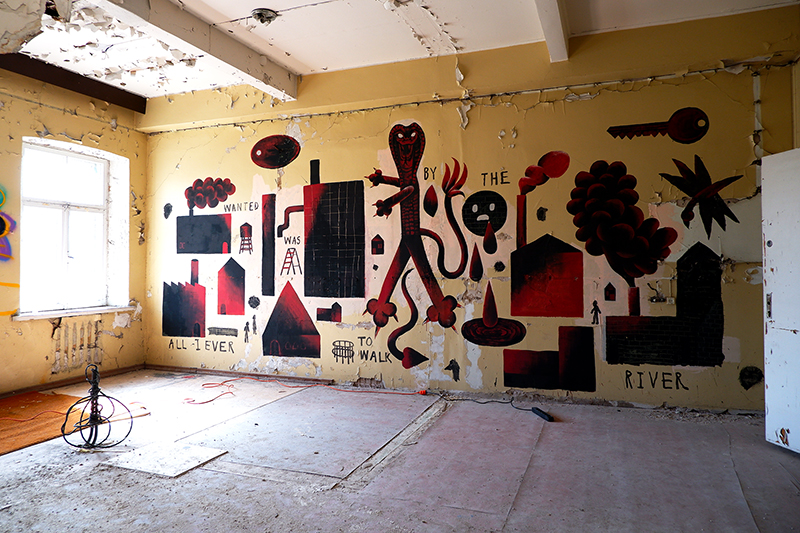
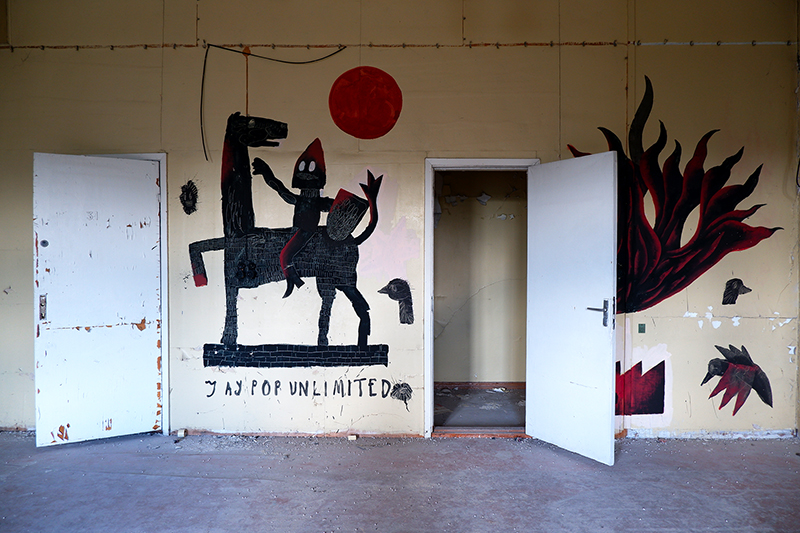
Some artists from the 2024 festival program spent several days painting at the abandoned factory, while others did quick interventions in just a few hours. The works across the three floors of this building are varied, ranging from murals to installations.
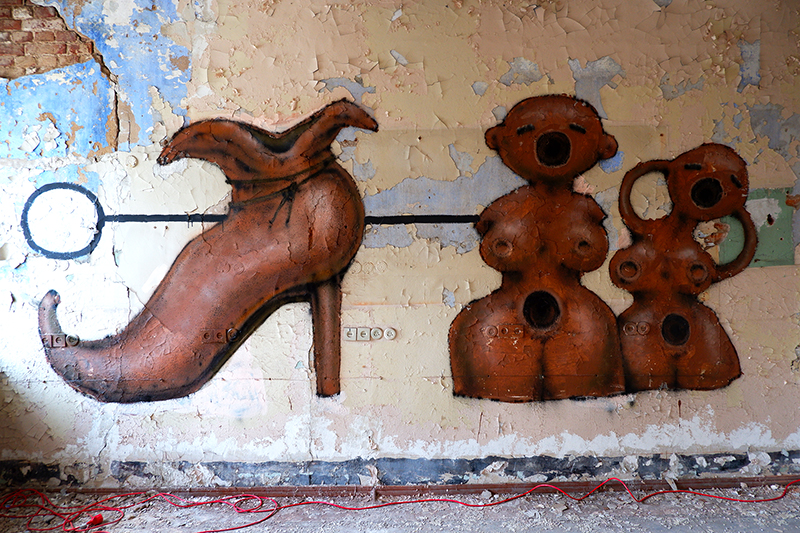
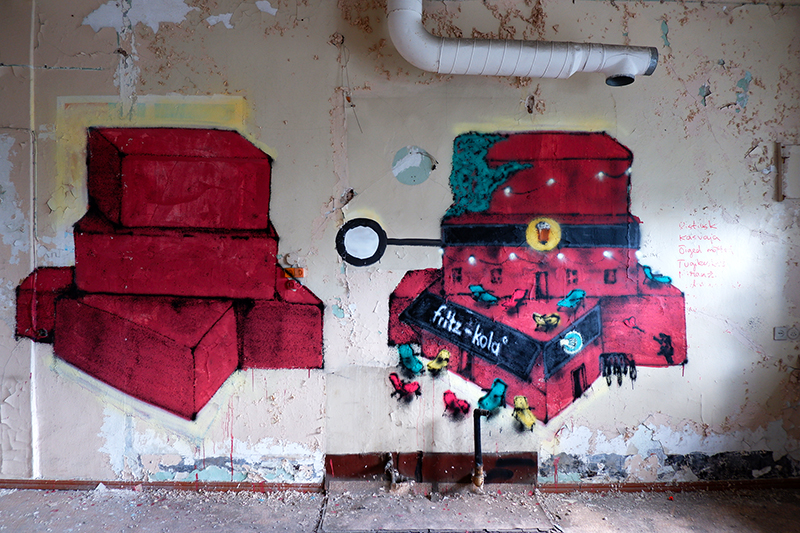
What truly captivated me is that the final outcome is more than the sum of its parts. The immersive experience of stepping into the abandoned factory and exploring the exhibition is itself an artwork.
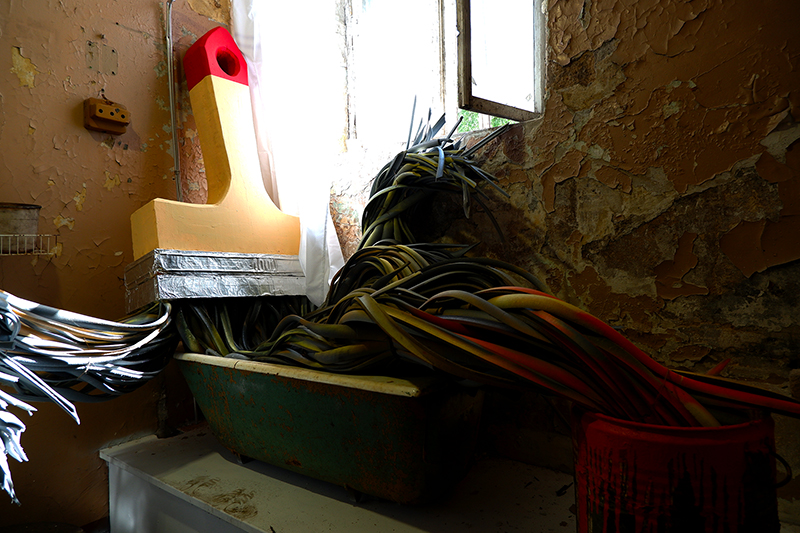
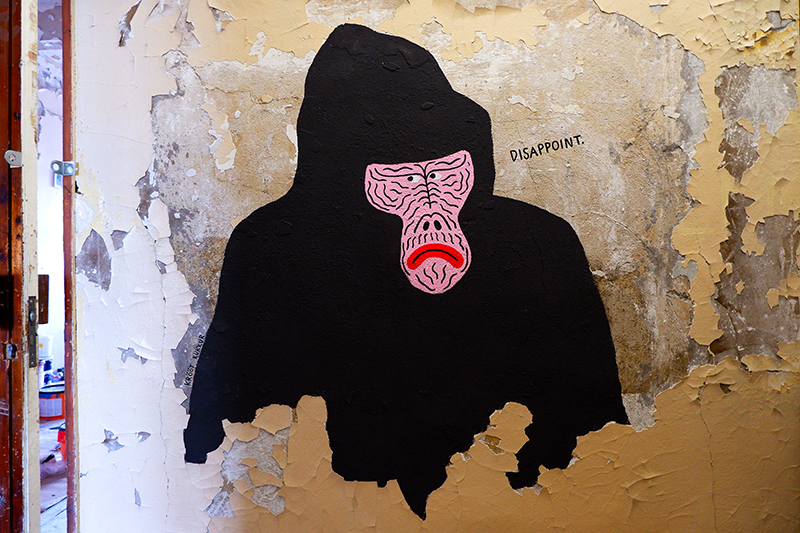
Each room offers a unique journey, and every individual piece contributes to a larger narrative. Together, they create a cohesive and transformative experience that turns the abandoned factory into a living, breathing canvas, embodying the spirit and vibrancy of Tartu’s street art scene.
Check out my raw and spontaneous vlog from the Stencibility Festival 2024!
Tartu Street Art Map
